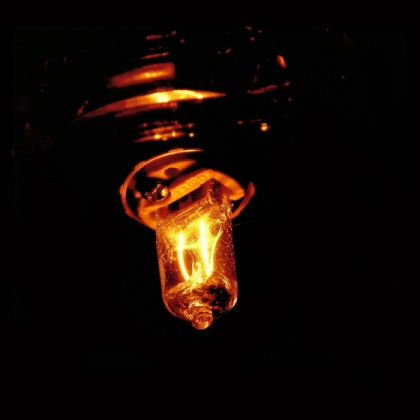Halogen Bulbs Light Up The Path To Energy Efficiency

If you’re a householder, you’ll probably already know that the smart money is on energy saving bulbs for increased efficiency and lower electricity bills. What you may not know is that energy saving bulbs just got a whole lot more efficient thanks to advances in halogen bulb technology.
Electric lighting is used in the majority of households throughout the EU and contributes significantly to peak electricity demand. This is particularly pertinent to the UK, Germany and Sweden which account for 40% of households in the EU and nearly 50% of electricity consumption.
It’s therefore vital that energy saving alternatives are implemented in order to save energy and lower the huge environmental impact of this energy consumption.
High electricity consumption is directly linked to high carbon dioxide emissions. This is a greenhouse gas which contributes to global warming and possibly climate change. To tackle this, the climate change convention in Kyoto, signed in December 1997 set targets to significantly reduce carbon dioxide emissions.
Raising awareness of the greener alternatives to traditional incandescent lighting means the resulting reduction in carbon dioxide emissions cannot be underestimated. It is also an achievable aim; there is an enormous turnover in lighting stock and a wide variety of energy efficient lighting technology already available on the market. All of this means that consumer habits would not have to change dramatically in order to see a visible effect on energy efficiency.
The newest technology in energy efficient lighting is halogen lighting. Halogen bulbs differ from other types of energy saving light bulbs by being able to focus light energy for very precise lighting. This makes them ideal for display cabinet or special effects lighting. Other benefits of halogen bulbs include a lifespan which is twice as long as that of a traditional bulb, and they produce around 25% more light from the same wattage. This makes them incredibly energy efficient.
Halogen bulbs are widely used in industry, however consumers still tend to buy traditional bulbs or other types of energy efficient bulbs for their homes. Fortunately, this is gradually changing as householders see first hand how halogen lighting can be used to create stunning effects in kitchens and bathrooms. Other types of halogen light can be used to create a cosy atmosphere in living rooms with some halogen lights fully dimmable. This flexibility is uncommon amongst other types of energy saving bulbs. Halogen bulbs work by using a tungsten filament similar to the ones used in traditional bulbs. However, traditional bulbs heat the filament, making the tungsten evaporate and deposit on the glass bulb until the filament finally weakens and ‘burns out’. The filament in a halogen bulb is surrounded by halogen gas which combines with the evaporated tungsten and redeposits it on the filament, making the filament last longer. Halogen filaments are encased in quartz which can withstand much higher temperatures than ordinary glass bulbs. This means that the filament can reach higher temperatures than in an ordinary bulb, producing a brighter light.
For a comprehensive range of energy saving light bulbs in a variety of styles, visit our website.
About BLT Direct BLT (Bulbs, Lamps and Tubes) Direct makes light work of buying light bulbs online in the UK and Europe. They specialise in supplying lamps, light bulbs and fluorescent tubes. Brands include Osram, GE, Sylvania, Omicron, Pro lite, Crompton, Ushio and Philips.
Created by Steve Ellwood on 5th June, 2007
Author
 | Steve EllwoodQualified as an Electrician, founder of BLT Direct |



